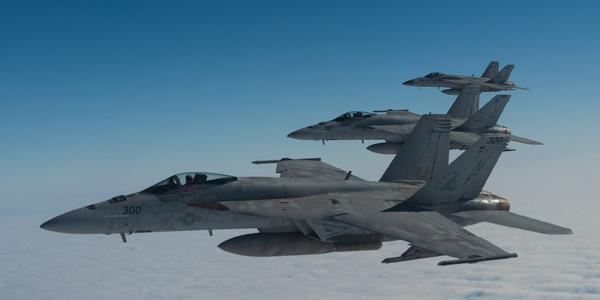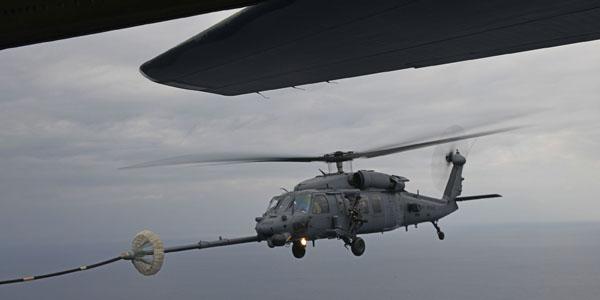18th Wing Holds First WestPac Rumrunner Exercise
More than 60 aircraft and 300 personnel from the U.S. Air Force, Navy, Army and Marine Corps participated in 18th Wing’s first WestPac Rumrunner exercise January 10. In addition to air tactics and joint interoperability, Airmen were tasked with ensuring continuous airpower by using tactics derived from Pacific Air Force’s agile combat employment concept of operations, or ACE.
Most unique to this exercise was the air-to-air and air-to-ground command and control provided by the Air Force’s E-3 Sentry, Navy’s E-2 Hawkeye and 18th Wing’s 623rd Air Control Squadron, all of whom worked together to ensure battlespace situational awareness while handing off key targeting information to the U.S. Army’s 1-1 Air Defense Artillery’s Patriot surface-to-air missile battery.
Kadena Air Base, the largest combat wing in the U.S. Air Force, was able to deploy a wide assortment of aircraft to simulate a realistic training scenario along with support from joint forces. The enemy air force primarily consisted of the Navy’s F/A-18E/F Super Hornets and Air Force’s F-15C Eagles, but the home team brought overwhelming joint capabilities to negate the adversarial advance.
F-15Cs defended the airspace and the KC-135 Stratotanker provided aerial refueling, while the 353rd Special Operations Group’s MC-130 Commando II extended the range and combat capabilities within the battlespace.
Marine Air Control Squadron-4 helped track the operations and were able to test integration capabilities for their systems at Marine Corps Air Station Futenma, Japan.
Overall, Brig. Gen. Joel L. Carey, 18th Wing commander, described WestPac Rumrunner as a success and a valuable learning tool for the U.S. Pacific Air Forces and joint services.






Comments